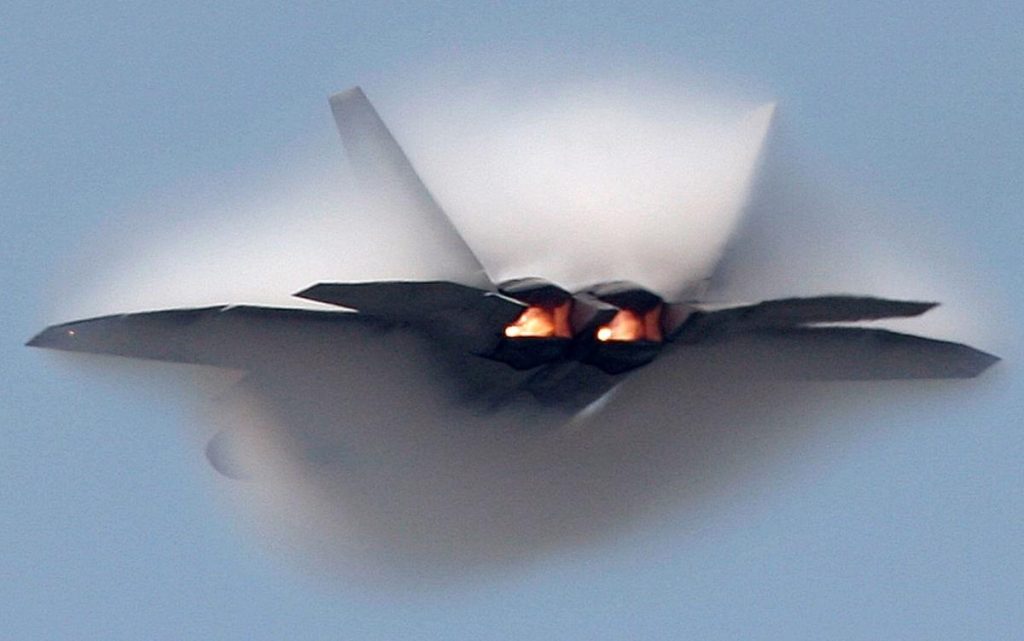The US Air Force’s Lockheed Martin F-22 Raptor stealth fighter has been upgraded as it nears its third decade of service and retirement. The F-22, known as the most powerful and sophisticated fighter in the world, has limitations, particularly with range, leading the Air Force to accelerate its early retirement. Despite its early demise, the Air Force is investing billions in developing a new radar-evading jet that will address the F-22’s shortcomings. Many observers lament the premature end of the F-22, which is unusual for modern American fighters to fly for 40 years or longer with upgrades.
The Air Force is fast-tracking the development of a new warplane to replace the F-22, signaling a shift in how and where future wars are expected to occur. The new plane is being designed with the specific purpose of being better-suited for potential conflicts, such as a Chinese attack on Taiwan in the vast western Pacific Ocean. The $300 million F-22 has had a long gestation period, stemming from the Advanced Tactical Fighter initiative in the 1980s and first deploying in 2006. The Air Force anticipates that the new warplane will be more effective in such conflict scenarios.
The F-22, despite its advanced design and performance capabilities, was primarily designed as a Cold War jet to battle the Soviet Union from European bases. Its limited range of 600 miles on internal fuel poses challenges for engagements over the vast Pacific region. To address this, the Air Force is considering utilizing long-range heavy bombers rather than fighters in planning for conflicts over Taiwan. With bases potentially vulnerable to Chinese missiles, the F-22’s range limitations come into play, prompting the need for retirement in favor of the Next-Generation Air Dominance fighter.
The decision to retire the combat-capable fleet of around 150 F-22s starting in 2030, while grounding older training models as early as next year, is aimed at speeding up the development of the Next-Generation Air Dominance fighter. The new plane is expected to surpass the F-22 in stealth and sensor capabilities and double its range, making it more suitable for potential conflicts against China. The Air Force is preparing to spend billions on development and production of the NGAD fighter, with expectations for jets to be available around 2030.
To extend the F-22’s relevancy, the Air Force has invested in new add-ons such as special underwing fuel tanks and sensor pods to enhance its capabilities. The new fuel tanks and sensors allow the F-22 to extend its range and detect targets without revealing its position. These upgrades are crucial for operations over the open water, especially in potential conflicts with China, making the need for the NGAD fighter slightly less urgent. Despite these enhancements, replacing the F-22 remains a top priority for the Air Force.
In conclusion, the F-22 Raptor’s early retirement and the development of the Next-Generation Air Dominance fighter reflect the evolving nature of modern warfare and the Air Force’s strategic priorities. The investment in new technologies and capabilities is essential to ensure the United States maintains its air superiority and readiness for potential conflicts in the future. The F-22’s limitations have highlighted the need for a more advanced and versatile fighter to address emerging threats and challenges in the rapidly changing global security environment.


